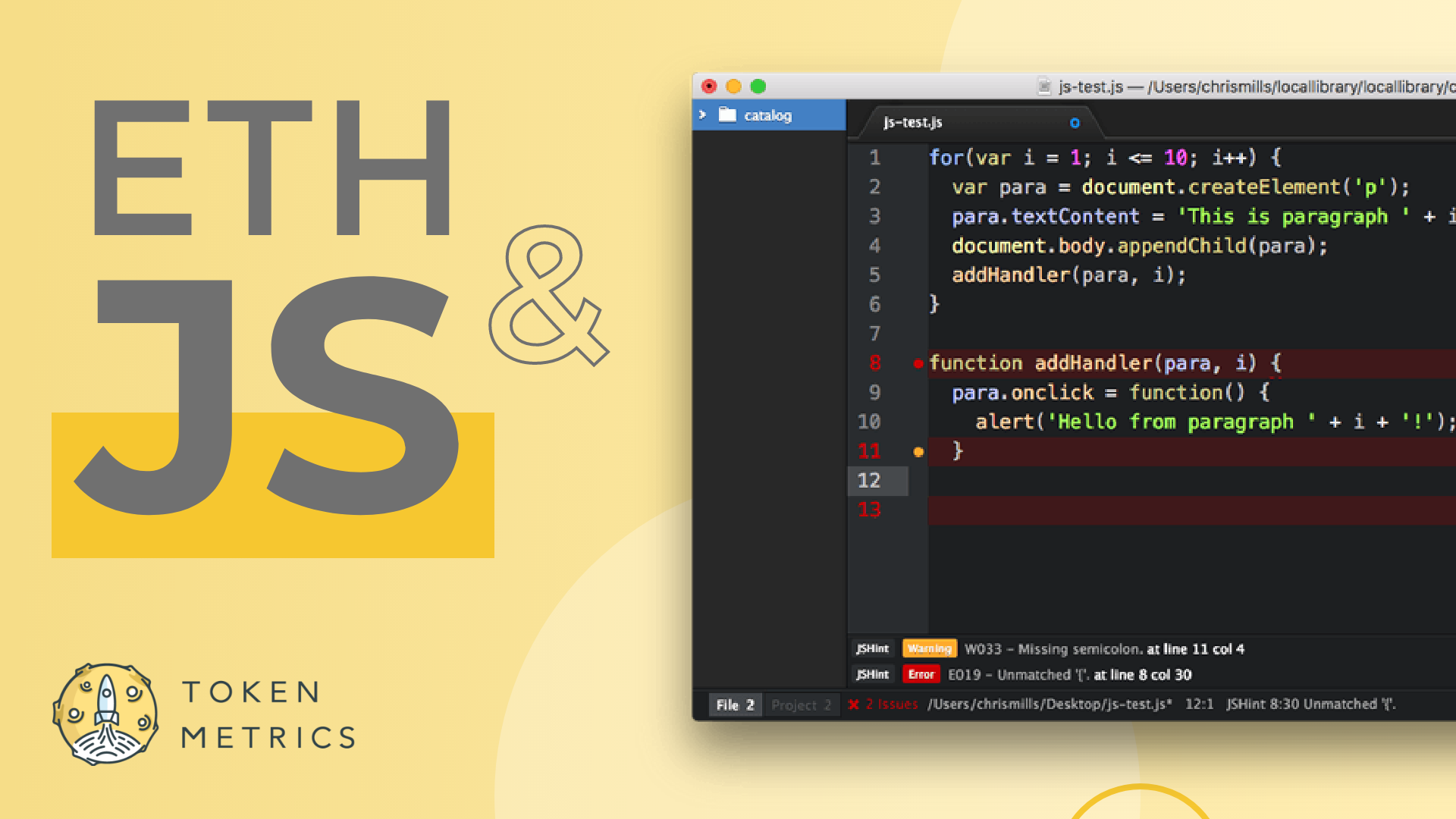Created by Brandon Eich in 1995, JavaScript is a programming language designed to add functionality and interactivity to static web pages. Ethereum, created by Vitalik Buterin in 2014, is designed to add functionality and interactivity to decentralized blockchains.
Although neither are perfect, both of these technologies were developed quickly and out of necessity, and they continue to grow due to first-mover advantages and heavy network effects.
While JavaScript is currently at the end of its adoption journey, Ethereum is at the beginning. When charted over time, the percent adoption curves of new technologies follow both an S-curve (% market share) and a bell curve (% adoption categories). Both these charts provide ways to predict the future growth potential for disruptive technologies. Since JavaScript is an innovation that emerged under similar conditions to Ethereum, we can subsequently predict Ethereum’s growth process by observing JavaScript.
Ethereum and JavaScript each provide innovative solutions to complicated and widely used programs. In the case of JavaScript, the problem was static web pages, and in the case of Ethereum, the problem is ‘static’ blockchains.
Furthermore, JavaScript experienced immense negative sentiment during its early years. Today, due to high gas fees and lack of scalability, Ethereum experiences negative sentiment. Throughout JavaScript’s adoption process, its network effect was consistently big enough to shield from criticism. Regardless of its inherent flaws and bugs, JavaScript is now an integral part of modern web development. Going forward, it’s likely that Ethereum’s network effect will grow in a similar fashion.
JavaScript currently sits atop its percent market share S-curve, as JS frameworks are currently the backbone of the internet’s ability to process interactivity. A move to 100% market share on Ethereum’s S-curve would identify Ethereum as the backbone value-settlement layer for the entire internet. This is a big, and entirely possible, ambition.





